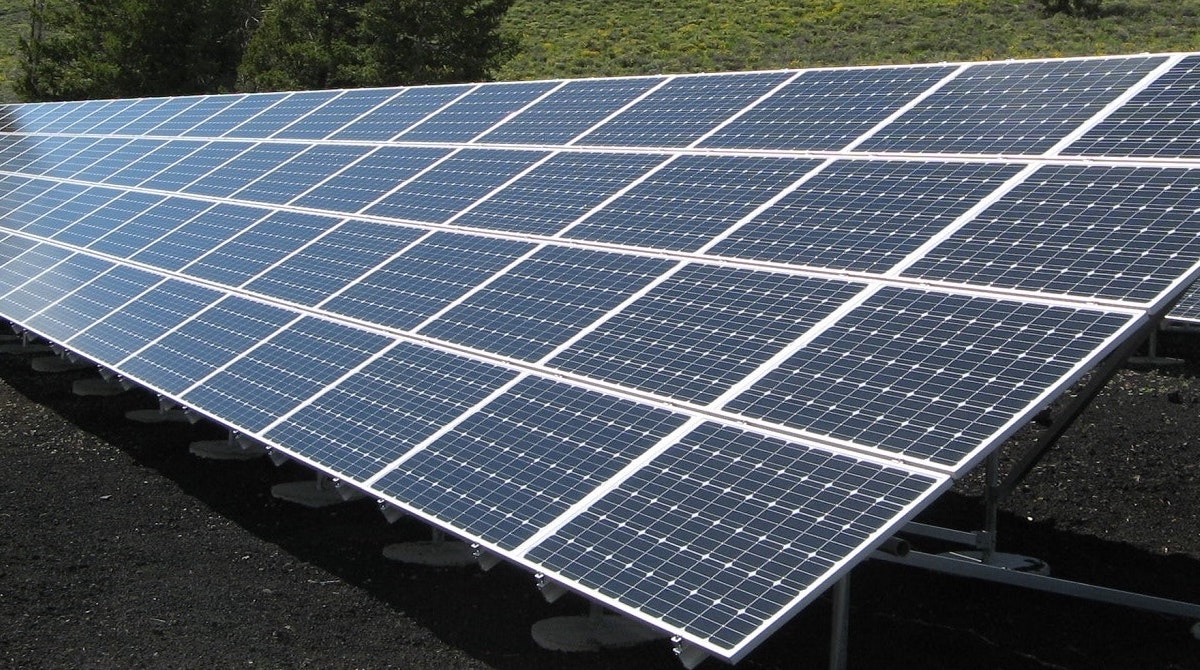Although a lot of good stuff is said every day about solar energy, people should familiarize themselves with this misconstrued marketing statement that your solar installation once installed and commissioned does not require periodic maintenance. Have you ever considered or wondered what becomes of a cleaned car parked in front of your compound just after a week? The obvious-it accumulates dirt, there’s changes in coloration due to corrosion etc.
This degradation also applies to your panels, hence Physical Checks (dirt accumulation on the panel surface as a result of dusty winds, bird dumps, early morning dew and to say a few) are required. A Technical Check on the installation which includes solar panel inspection for cracks, cable joints corrosion, installation corrosion owing to difference in materials used during installation is also necessary. And lastly, performance review: it help to determine the system performance with reference to the installed capacity.
- Physical Checks: The generation of power is mostly affected by harmattan haze or noticeable buildup of soil deposits which reduces your solar panel’s ability to
 draw power from the sun during day especially during low irradiance. Most people who have heavy investment in battery backup (storage) systems are baffled and thrown into confusion as to why their installation could not take them through the night despite good weather (Sun). If attention is not given to arrest the situation in a timely manner, it will eventually lead to storage system collapse. Call a qualified installer to carry out this inspection.
draw power from the sun during day especially during low irradiance. Most people who have heavy investment in battery backup (storage) systems are baffled and thrown into confusion as to why their installation could not take them through the night despite good weather (Sun). If attention is not given to arrest the situation in a timely manner, it will eventually lead to storage system collapse. Call a qualified installer to carry out this inspection. - Technical Check: Periodically inspect the system to make sure all wiring and supports’ integrity stay intact. The anodized aluminum alloy used for solar panel frames and most aluminum profile aren’t of same material composition, hence corrosion is bound to occur. Few of the J-Box used on panels carries IP68 which is water tight while others are not. Cables brown out due to excessive rise in temperature and may require change at a point. Please call a qualified installer to ensure system performance is optimal.
- Performance Review: A lot has been documented about the inefficiency of solar energy. Most people do not understand what efficiency means. On a sunny day near noon on March 21 and September 21 of each year, review the output of the system (assuming the array is clean) to see if the performance of the system is close to the previous year’s reading. Maintain a log of these readings so you can identify if the system’s performance is consistent, or declining rapidly, this is the easiest way to discover impending problems.

